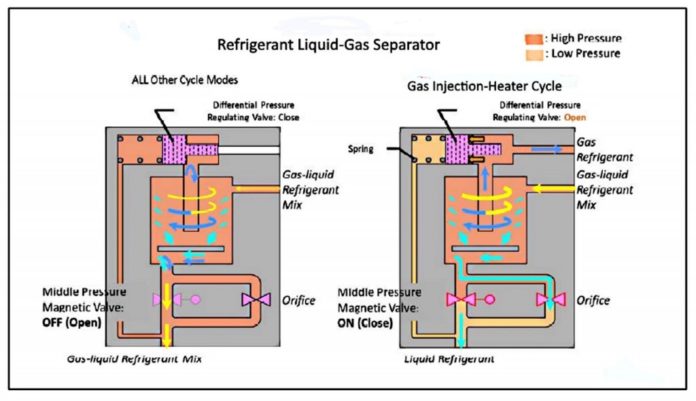GM confirmed Monday that it plans to include heat-pump technology in all of its current and upcoming Ultium-platform electric vehicles.
That includes the Hummer EV now being delivered and the soon-arriving Cadillac Lyriq, plus many more to arrive in the next several years. In them, the tech will help recover low-level waste heat in ways that can add up in meaningful ways—bringing them quicker acceleration, faster charging, and a longer range
The system is based around an automotive-grade heat pump that captures and recoups that waste heat. Like the systems other automakers like Tesla use (or Toyota, with the illustration below), the one in GM EVs employs a compressor-and-evaporator component system and a specially chosen refrigerant that undergoes a phase change. A physical reaction pays off in the release of energy as it goes from gas to liquid—to in effect amplify whatever energy it can scavenge along the way.
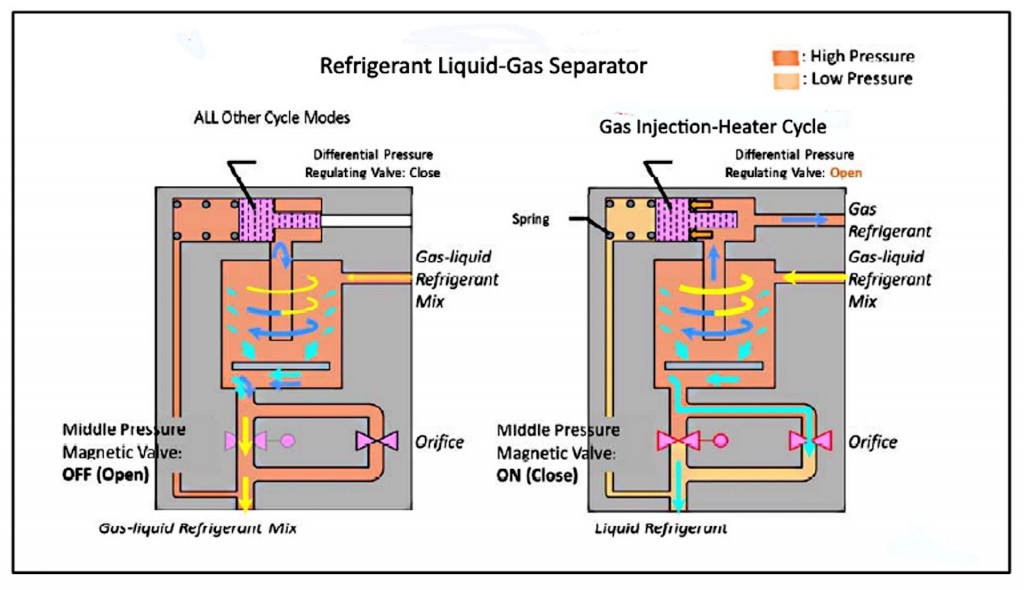
Toyota Prius Prime heat pump
That extra can go toward cabin heating, low-level electrical functions, or even preconditioning of the battery—potentially extending range by as much as 10%.
According to GM director of electrification Tim Grewe, the Ultium platform was envisioned from the start to be a building-block strategy allowing small consumer EVs like the Chevy Blazer EV (and Equinox EV) on up to large commercial vans. GM claims it can help speed up charging and acceleration and extend range.
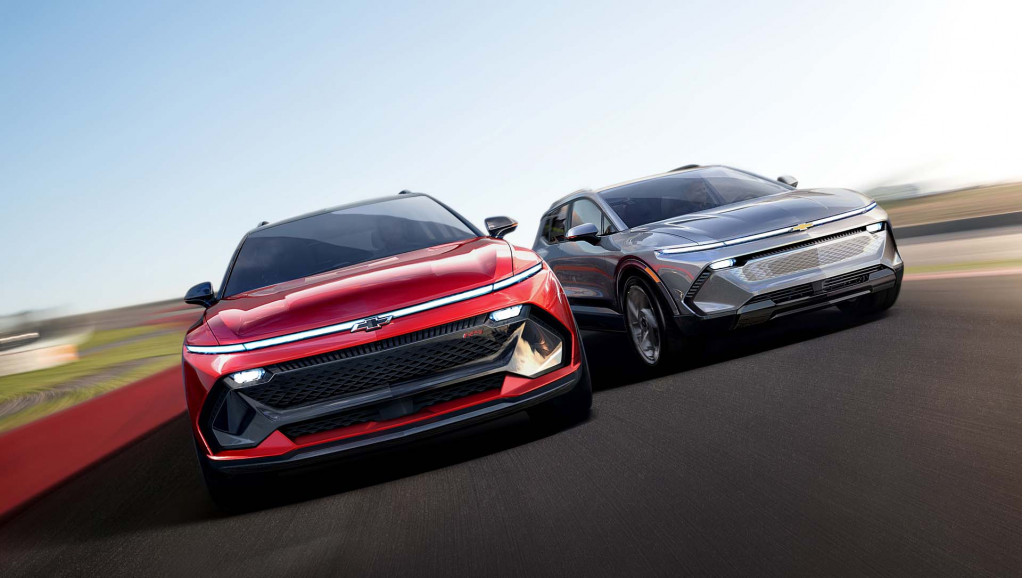
2024 Chevrolet Equinox EV teaser
The Ultium platform strategy is quite a bit different than that of the thermal system of the current Bolt EV, the executives explained, as it uses the heat-pump approach as a way of consolidating, and simplifying the rest of the system.
The heat pump doesn’t add mass—even in comparing the larger Ultium models with the Bolt EV—confirmed the project manager for the system Lawrence Ziehr. “It’s just a smarter way of connecting the systems.”
Rather than adding more cooling circuits, as was done in the Bolt EV, you can use the drive unit as a cooler for the battery and “not be slave to the environment of the ambient temperature,” as Grewe put it. The Ultium vehicles have one resistive coolant heater, versus the Bolt EV’s two, and it also eliminates the need for a standalone A/C compressor.
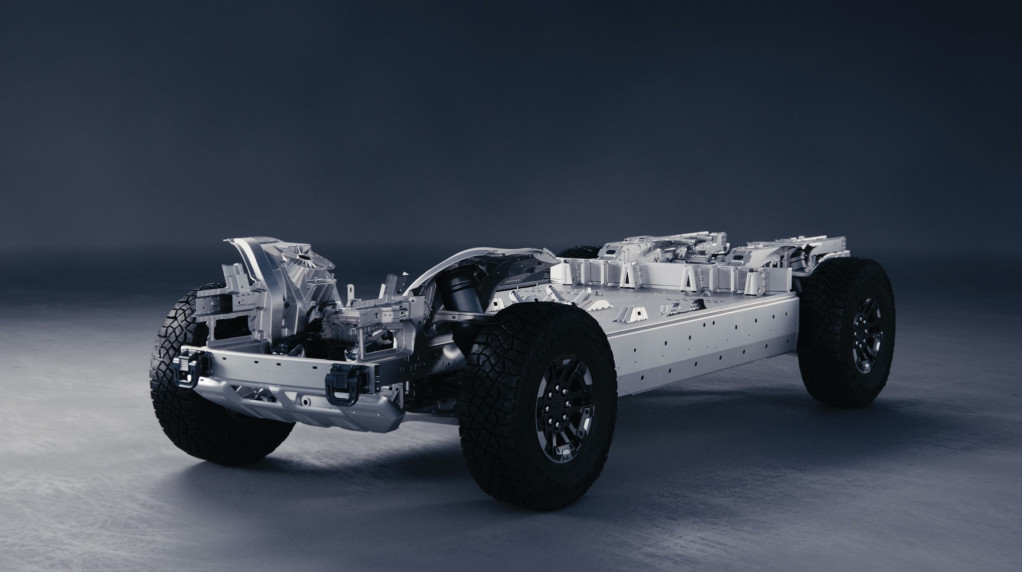
Ultium EV platform – GMC Hummer EV
Grewe suggested that maintaining real-world efficiency is a strength of the system. When “balancing passenger comfort in a non-EPA cycle, that’s where this system really shines—like a 45-degree high-humidity day in which you need to dehumidify and then heat.” With the Bolt EV, in a similar situation, one component set cools the air for dehumidification, then another for heating.
For a more exciting example, in the Hummer EV’s Watts to Freedom performance launch mode, GM needs to get the motor magnets as cool as possible, while it needs the battery warmed up, with help from an oil-to-liquid heat exchanger.
GM has tweaked the design to work in the extreme cold, too—down into the -30 degrees C range—by warming the pump slightly to get the process going at those temperatures.
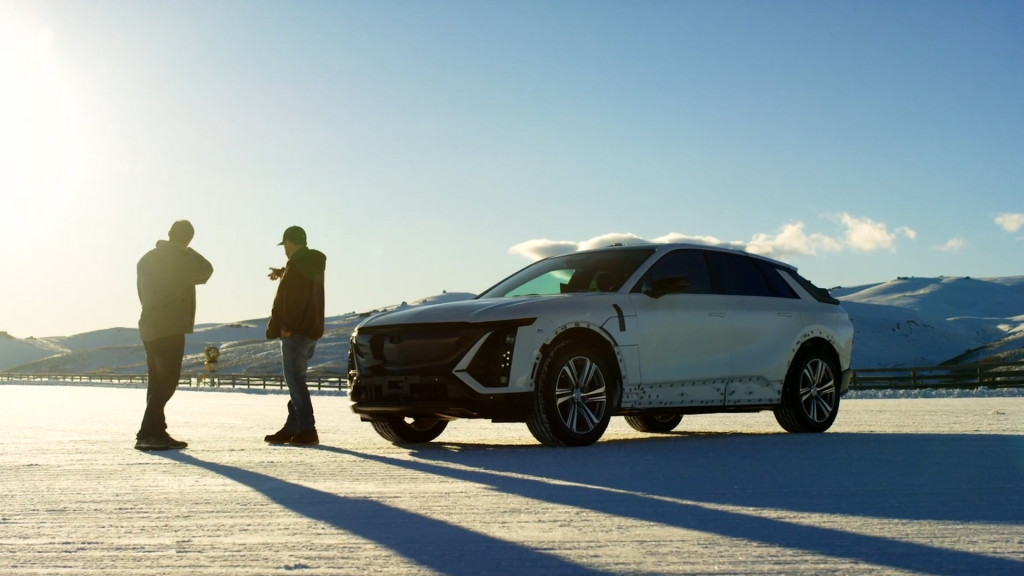
2023 Cadillac Lyriq testing
In all of these questions, it’s a bit of a game with energy in and energy out. By being capable of taking the energy released in dehumidification and using it directly for heating, Grewe said that you can potentially get 4-6 kwh out of the system for 1 kwh put in. For resistive heat, the best potential payoff will be close to 1 kwh back for every 1 kwh in.
That’s a multiplied effort that Tesla—even though it balked about heat pumps to its cars years ago—has even now come around to.
The heat-pump design for GM also plays a role in the preconditioning of the battery pack—generally warming it ahead of DC fast-charging. Owners will be able to manually select battery preconditioning or the vehicle will automatically do so if a fast-charging destination is set in the GM Navigation app or in-vehicle Google Maps. generally, warming so as to hit peak charge rates sooner. Counterintuitively, it doesn’t necessarily burn through battery charge to do so. Grewe clarified that with this system, a lot of the preconditioning energy just comes from the drive-unit waste energy.
Heat from one place, moved to another—with some physics wizardry in between. It can make a big difference.






